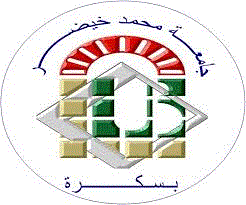|
Résumé :
|
The first edition covered background information, description, and analysis of four major cooling system technologies - vapor compression cooling, evaporative cooling, absorption cooling, and gas cooling. The second edition has been expanded to include increased coverage of cooling system refrigerants, fluid mechanics, heat transfer, and building cooling loads. With increasing climate change due to the buildup of greenhouse gas emissions in the atmosphere, there has been a worldwide impetus to transition to cooling systems and refrigerants that have a low or even zero global warming potential. The text is written as a tutorial for engineering students and practicing engineers who want to become more familiar with the performance of refrigeration and air conditioning systems. The goals are to familiarize the reader with cooling technology nomenclature and provide insight into how refrigeration and air conditioning systems can be modeled and analyzed
|




